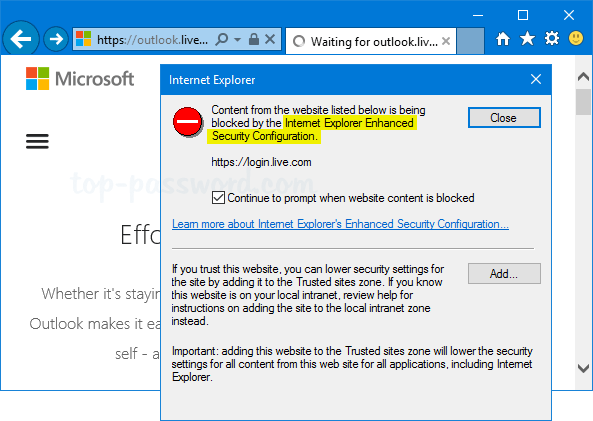
- Windows server 2008 security settings locked how to#
- Windows server 2008 security settings locked password#
- Windows server 2008 security settings locked windows 7#
- Windows server 2008 security settings locked windows#
To monitor all suspicious activities, we must add the user to the auditing account.

For instance, we have a user called “User1”, who attempts to gain access to some confidential information on the computer. Step 13: In order to monitor the activities of a particular user, we first have to add the user in the auditing account. Step 12: We can now enable “Audit Security Settings.” (Check the screenshot below) These settings can help you configure a very powerful local security policy in Windows. We can also view the user activity in Event Viewer. Enabling these policies (Success/Failure) will help us monitor every activity of the user – how they login to the system, which programs and applications can be accessed and what all is restricted for them. This is the security policy used to audit the user activities. Step 11: Next, click on the “Audit Policy” tab. Step 10: Go back to the left panel of the “Local Security Policy” window. The reset time must be in between, less than or equal to “Account Lockout Duration.
Windows server 2008 security settings locked password#

Step 5: “Password Policy” and “Account Lockout Policy” options will now appear on the screen.

Step 4: Click on “Account Policy” tab located on the left side of the “Local Security Policy” window.
Windows server 2008 security settings locked windows#
Step 3: In the next window, scroll down and click on “Local Security Policy” to start configuring local security policy for your Windows 7 OS. (Check the screenshot below of Windows 7) Step 2: Type in “Administrative Tool” in the “Search Programs and Files” tab.
Windows server 2008 security settings locked windows 7#
Step 1: To get started, go to the Start Menu on Windows 7 system.
Windows server 2008 security settings locked how to#
Here’s a short guide on how to configure and support local security policy in Windows 7 Operating System: Local Security Policies are available in Windows 2000, Windows XP, Windows Server 2003, Windows Vista, Windows 7, Windows 8, Windows Server 2008, Windows 8.1, Windows Server 2008 R2, Windows Server 2012 R2 and Windows Server 2012. The policy is called “local” because it is implemented on local computers and not in a Domain Network. The Local Security Policy is used to change and support the behavior of a computer system as well as users.


 0 kommentar(er)
0 kommentar(er)
